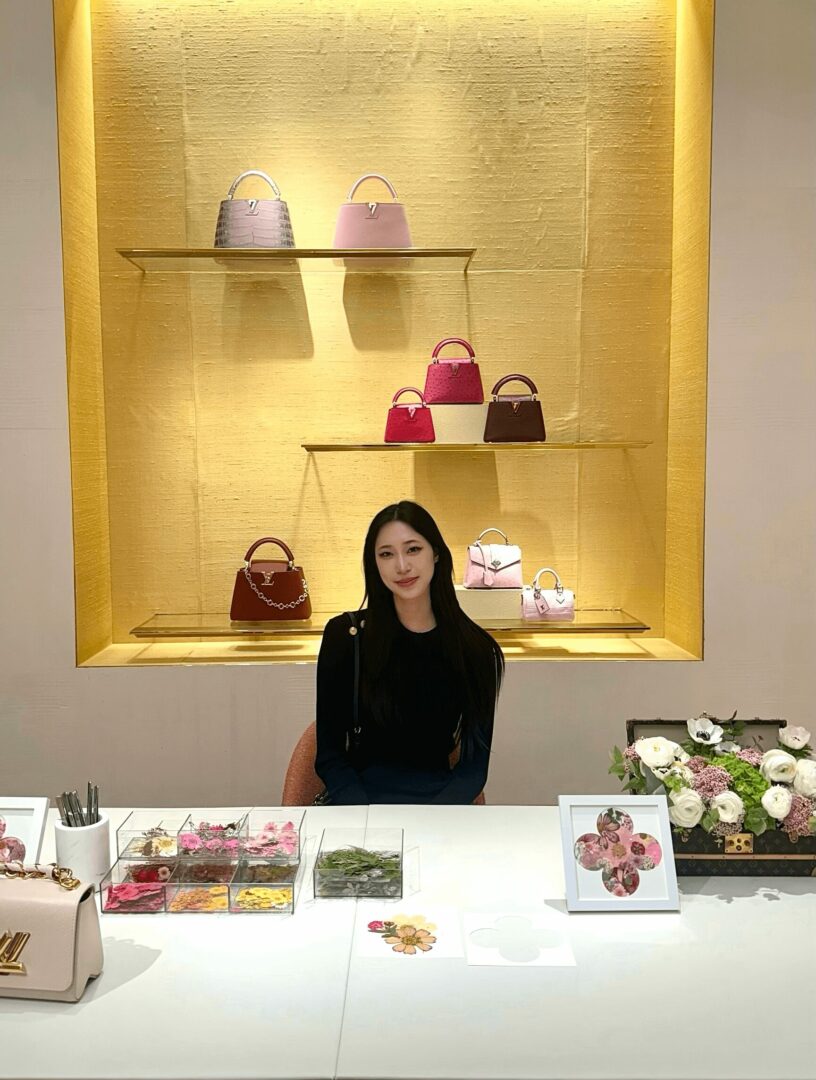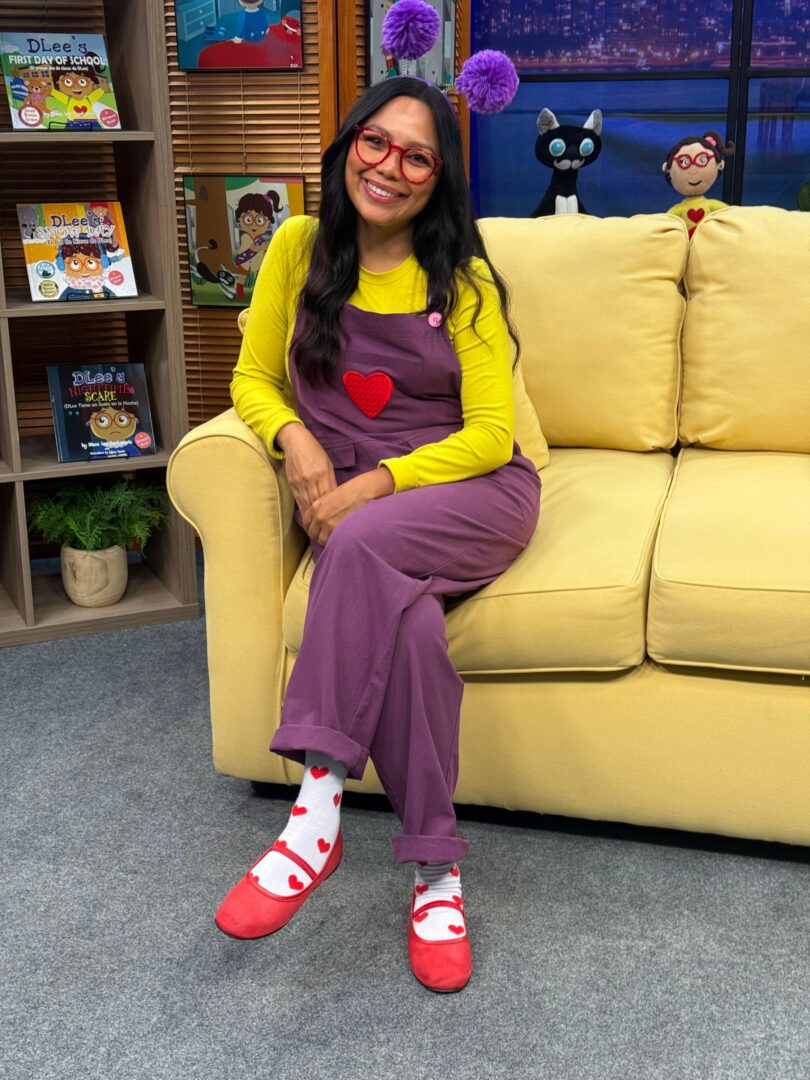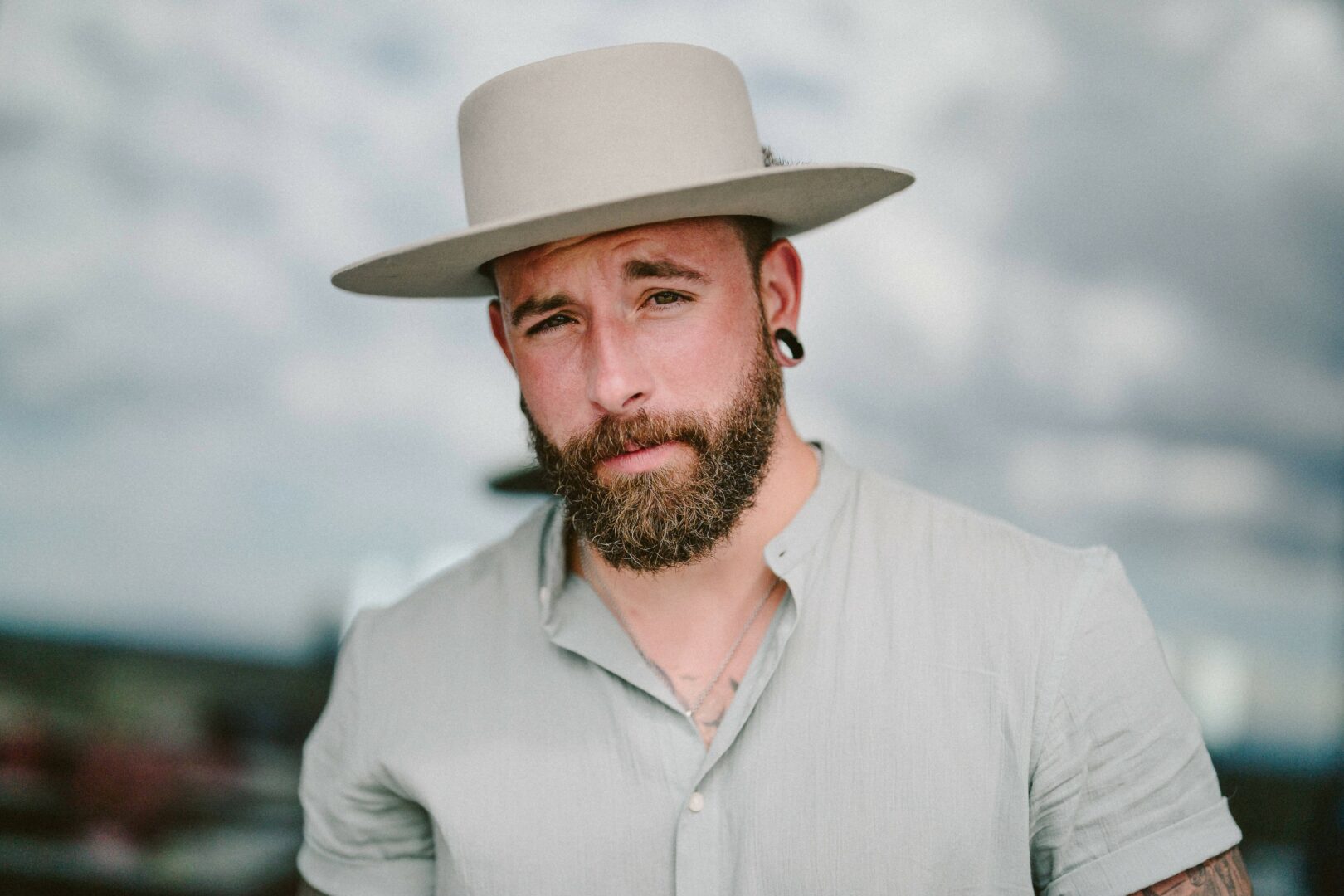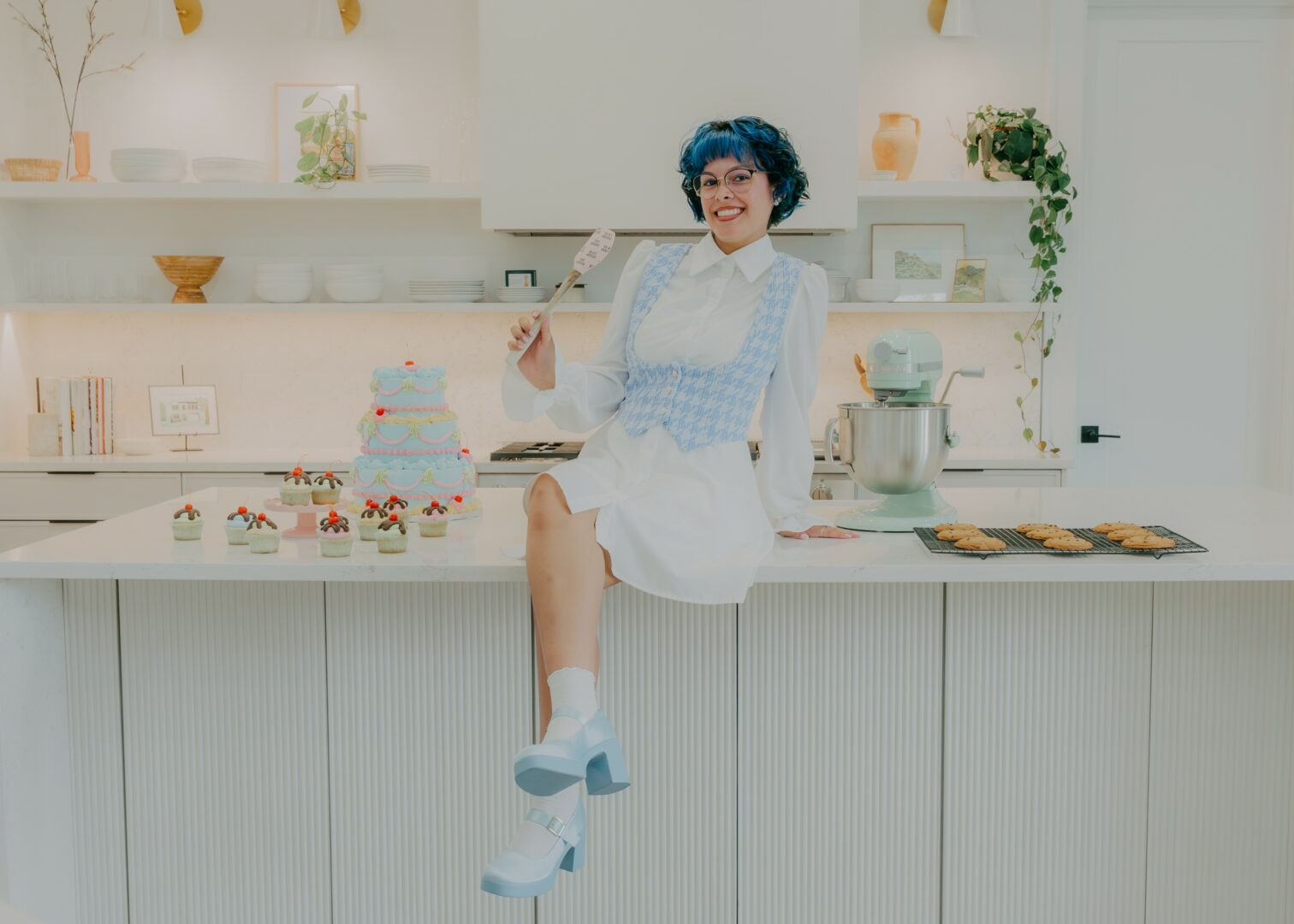Alright – so today we’ve got the honor of introducing you to Britney Fan. We think you’ll enjoy our conversation, we’ve shared it below.
Britney, so great to be with you and I think a lot of folks are going to benefit from hearing your story and lessons and wisdom. Imposter Syndrome is something that we know how words to describe, but it’s something that has held people back forever and so we’re really interested to hear about your story and how you overcame imposter syndrome.
Imposter syndrome is easy to fall into and incredibly tough to shake off, especially in a world driven by social media. I’ve personally felt the weight of it, struggling to break free from that cycle when it came to my art career. Today, there’s this constant pressure to maintain an image of success—like we have to prove we’re on top, or else we risk feeling like we’re falling behind. But the more we cling to that illusion, the more we internalize our failures, convincing ourselves we’re never truly “enough.”
As an artist, my drive has always come from dissatisfaction with my craft. From one discarded painting to the next, I longed for the moment when I’d create something that felt finished—something that didn’t leave room for improvement. It wasn’t that I wanted to escape that feeling, but rather use it as fuel to get better. But over time, I realized that what I thought was just healthy dissatisfaction had shifted into deep, spiraling self-doubt. No matter how much I created, I couldn’t shake the feeling that it wasn’t good enough. And that negativity started bleeding into the way I saw everything, from my work to the people around me.
I was so focused on perfection—a standard that didn’t even exist—that I couldn’t appreciate what I had already accomplished. Achievements felt hollow, because I’d lost faith in the foundation of my work. The journey to overcome that mindset was slow and difficult, but I had to stop obsessing over whether my work would impress others, because that anxiety only perpetuated the feeling of inadequacy.
The turning point came when I asked myself, “Why am I here?” That simple question helped me reconnect with the real reason I wanted to be an artist in the first place. I’d been so caught up in comparing myself to others, worrying about how they viewed my work, that I’d forgotten my true passion was creating for the sake of creating. Everything I had achieved was a reflection of that passion, not a measure of my worth.
Instead of letting my successes or failures define me, I shifted my focus to the process itself. I see my mistakes not as evidence of my shortcomings, but as stepping stones to improvement. Through consistent effort and genuine work, the results will come.
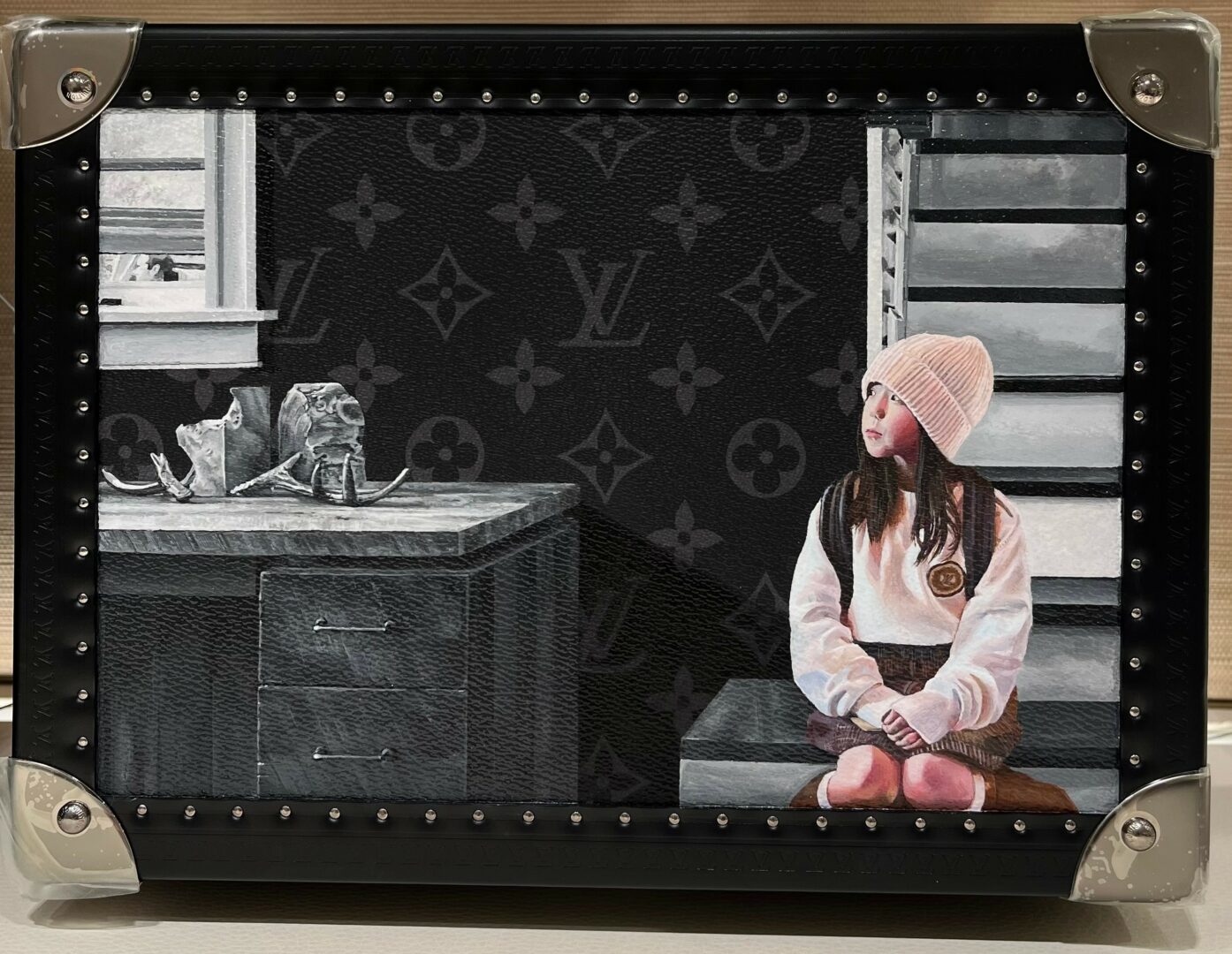
Let’s take a small detour – maybe you can share a bit about yourself before we dive back into some of the other questions we had for you?
I’m an in-house artist for Louis Vuitton, specializing in design and hand-painting. My role is to bring clients’ ideas and stories to life through custom artwork on LV’s hard-sided trunks. These unique, personalized pieces often become cherished family heirlooms or standalone works of art. It’s a high-stakes position with no room for error, demanding both confidence and extreme precision as a detail-oriented painter. I frequently tackle a wide range of subjects from portraits and animals to nature, cars, and fantastical elements that range from a variety of styles.
What excites me most about this role is the chance to adapt my design to match each client’s vision. Whether it’s capturing a client’s trip to Paris or commemorating their wedding day, I love the challenge of bringing their unique ideas to life.
At heart, I’m also deeply inspired by visual storytelling and film. My award-winning short film, “There Can Only Be One…”, reflects this passion. It’s an energetic 2D animation featured in Oscar-qualifying film festivals, following a hilariously intense battle between a feisty cat and an equally fiery girl. Animation is a creative avenue I cherish for its ability to amplify reality and create worlds beyond imagination. I’m excited to continue exploring my potential in animation and look forward to sharing my short film with a wider audience.
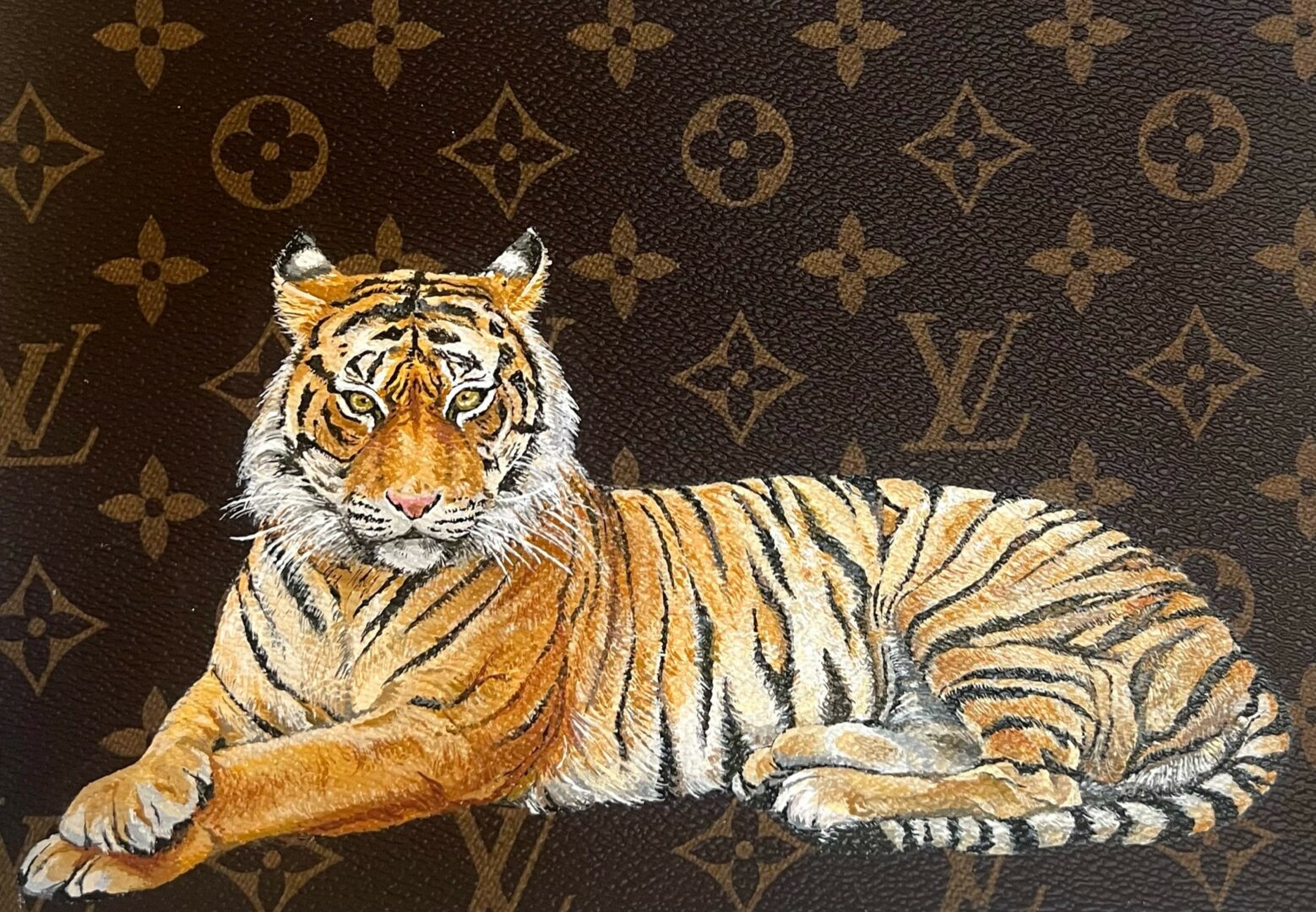
Looking back, what do you think were the three qualities, skills, or areas of knowledge that were most impactful in your journey? What advice do you have for folks who are early in their journey in terms of how they can best develop or improve on these?
1. Discipline.
Discipline is the most vital quality to cultivate in your everyday life. It applies to every aspect of self-care and honing your craft. While it may sound surprising coming from an artist—especially since I tend to be free-spirited and unstructured at my core—I believe that establishing a consistent, well-structured routine lays the groundwork for significant growth. This routine not only boosts your confidence over time but also stabilizes your artistic progress. Even something as simple as drawing one sketch a day can have a profound impact, continuously pushing you to learn and develop.
2. Challenge Yourself.
We all have preferences and tendencies that naturally draw us to certain areas of our lives, but sticking only to what’s comfortable can hold us back. For a long time, I found myself stuck in my comfort zone, working with pen and paper, avoiding new technologies or software because they seemed intimidating. I missed out on opportunities to expand my skillset until I realized how crucial it was to step outside of my boundaries. Learning new tools, like 3D software and other design programs, has allowed me to take my concepts and art to new possibilities. My professor once told me, “Think of it as adding tools to your personal toolkit. You can always use them in the future—learning is never a waste of time.” That advice stuck with me.
3. Individuality.
Individuality isn’t a skill you can develop or apply—it’s something innate in each of us. In a creative career, however, you’re often confronted with the challenge of turning your passion into a business, something that’s commercially viable. Like many others, I’ve struggled with whether the art I’m creating still represents who I am or if I’ve lost that initial spark after entering the professional world. I’ve found that creating personal art outside of work is crucial to staying connected with my true inspirations, helping me maintain my uniqueness as an artist.
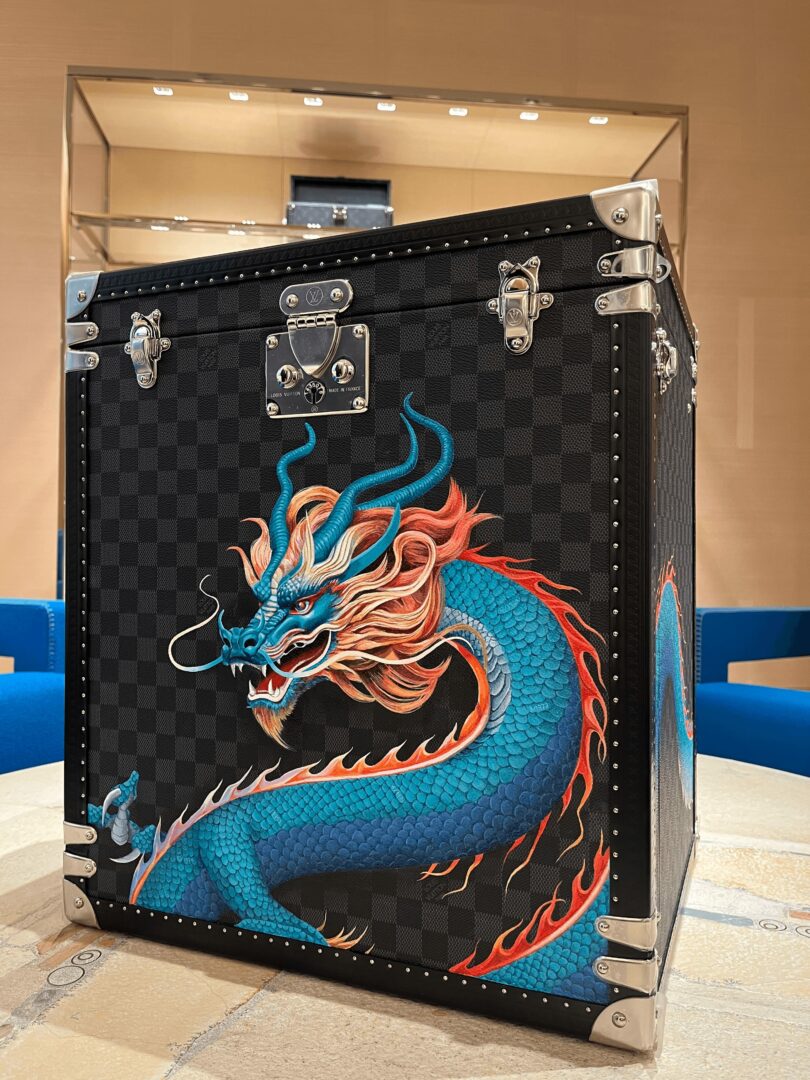
Before we go, maybe you can tell us a bit about your parents and what you feel was the most impactful thing they did for you?
My parents are the foundation of everything I’ve accomplished and the person I’ve become. Amongst countless other selfless acts, their unconditional love and support is what has provided me with the platform and courage to pursue my passion. Art is far from a stable and easy career, but knowing that my two biggest fans will always stand behind me is the most reassuring foundation I could ask for. Even during times when I doubted or disliked my work, they were always there, encouraging me to think, “Okay, how can we fix this?” They’ve always believed in my ability to find solutions and achieve goals that once felt impossible. Though I’m still a long ways away from where I aspire to be, my parents have been there through every step, and I know they’ll continue to be by my side as I grow.
Contact Info:
- Website: https://britneyfan.myportfolio.com/
- Instagram: https://www.instagram.com/artbybritneyfan/
- Linkedin: https://www.linkedin.com/in/britney-fan/
- Other: https://www.instagram.com/onlyone__film/
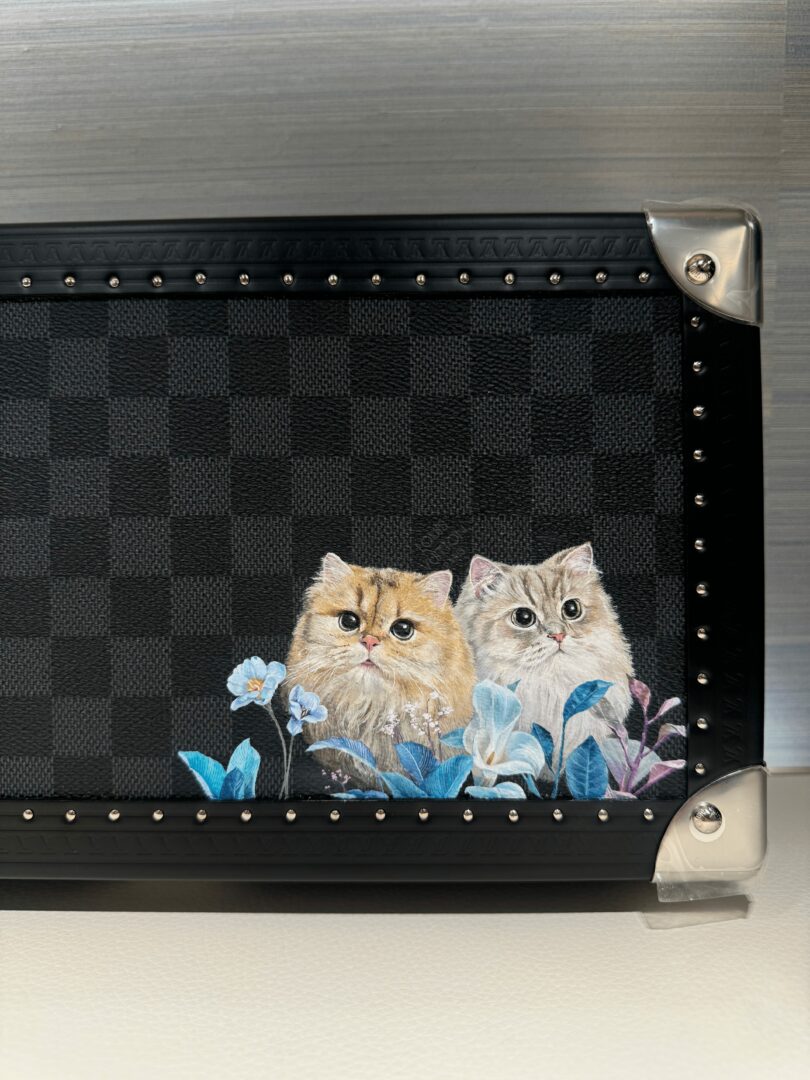
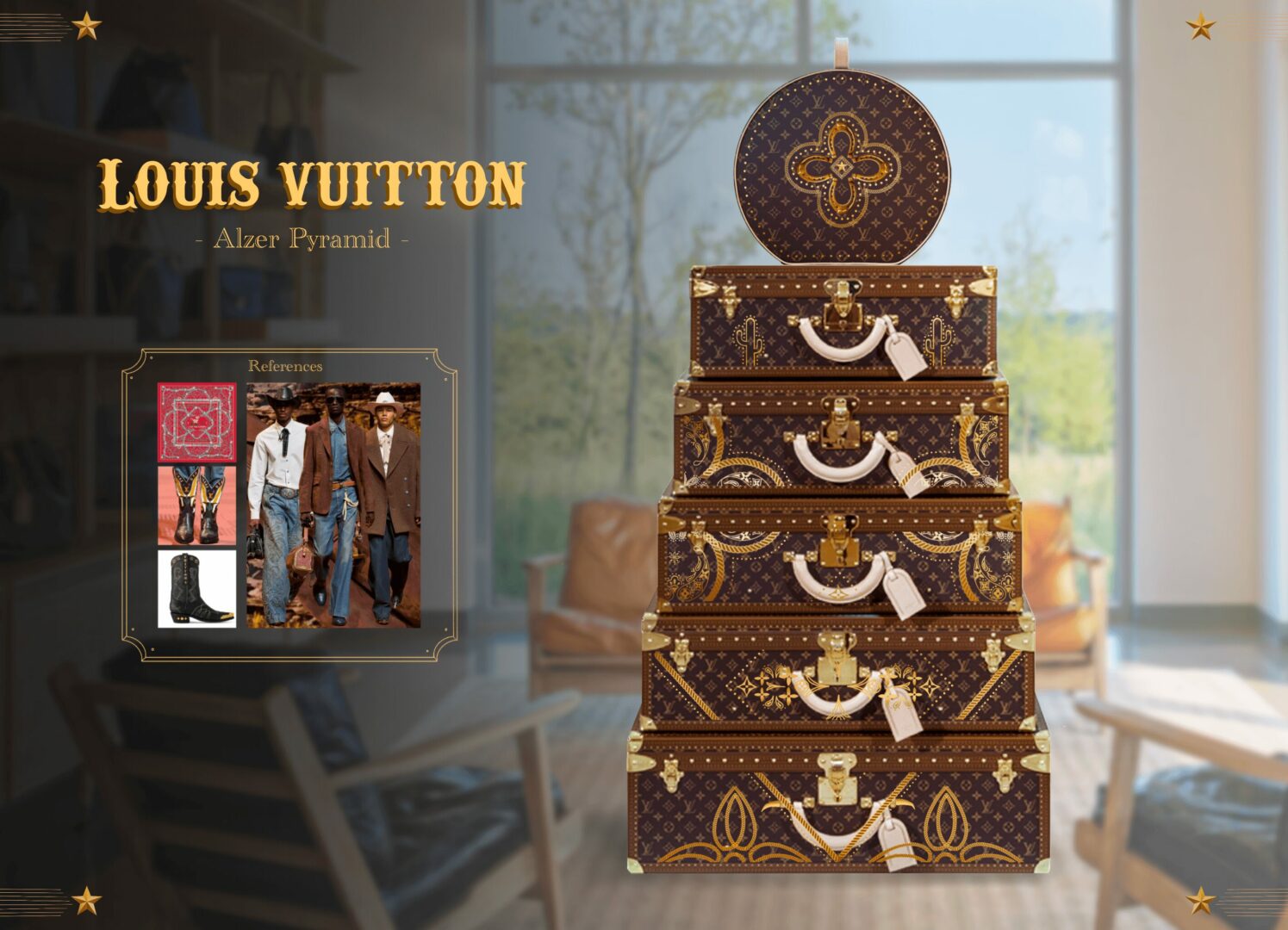
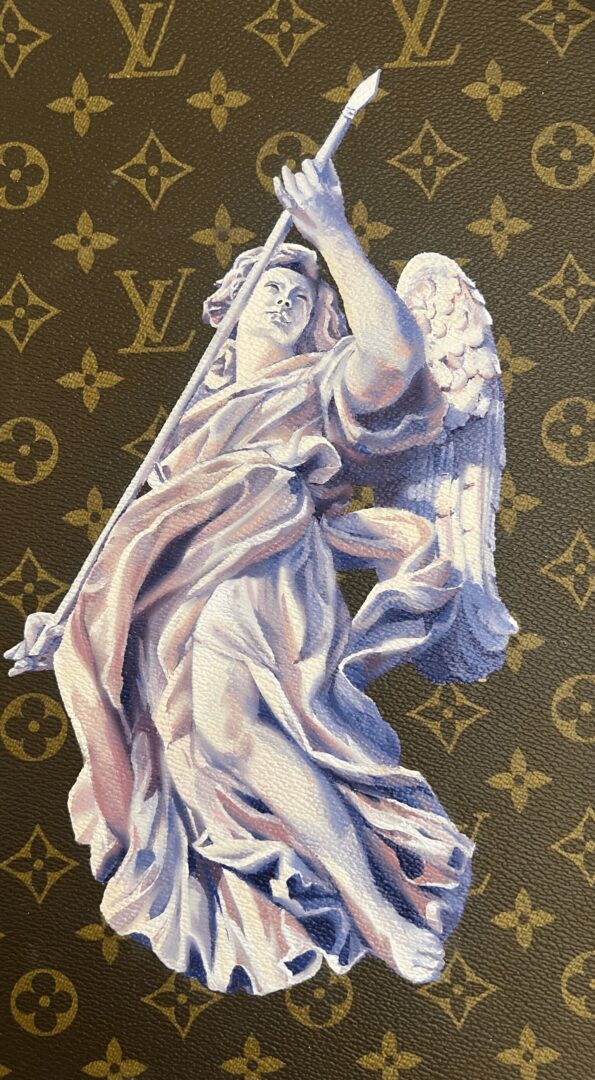
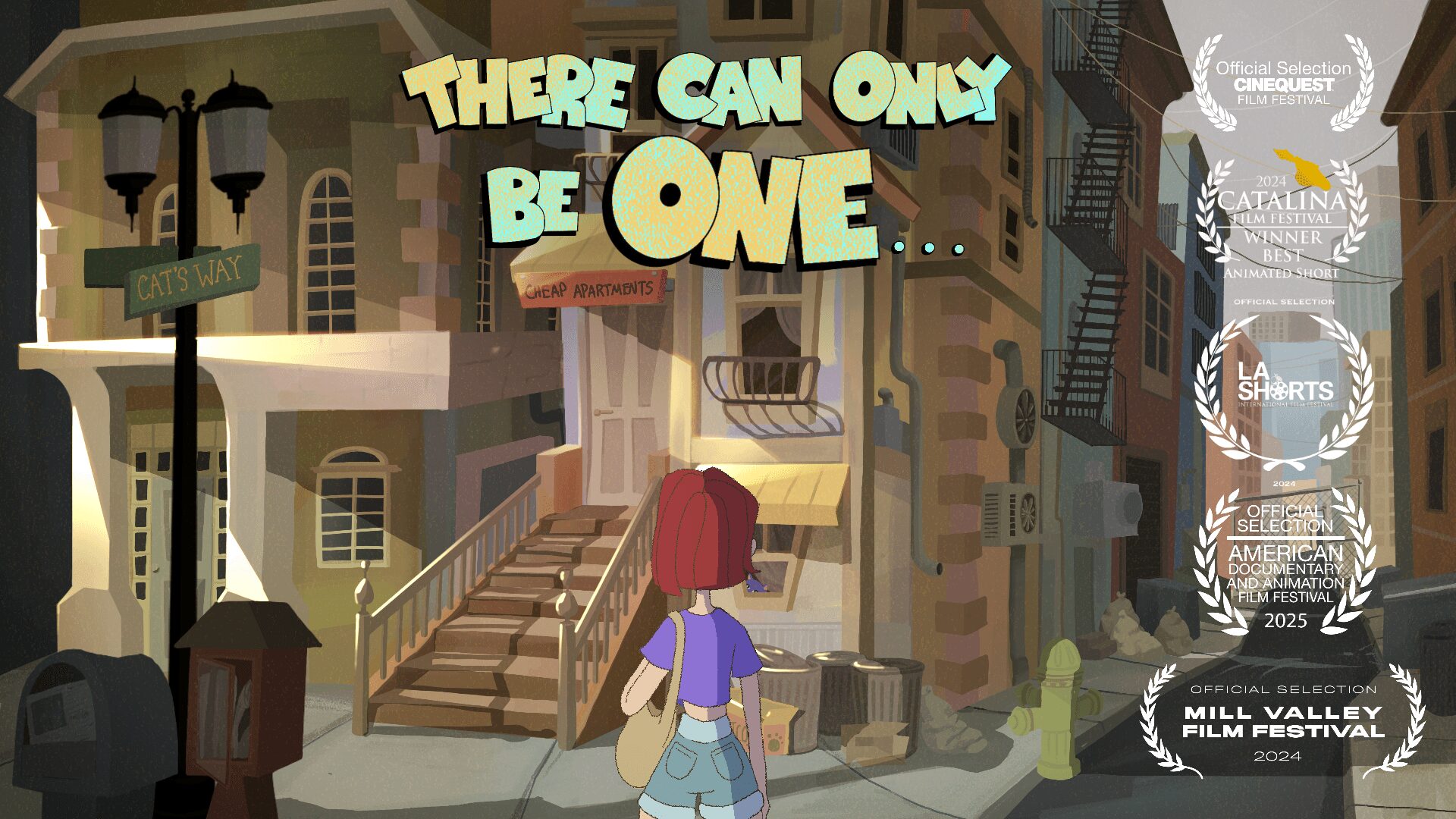
so if you or someone you know deserves recognition please let us know here.

